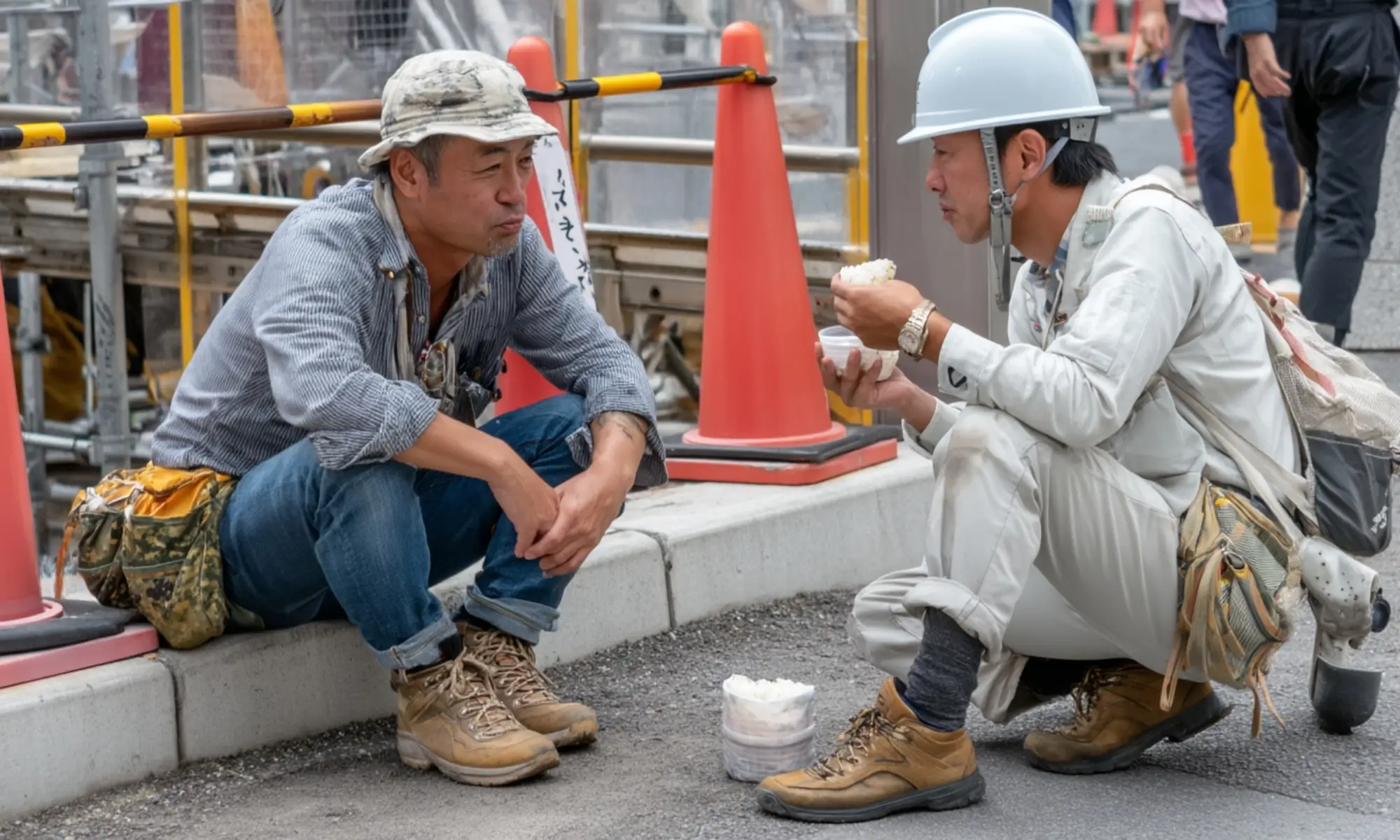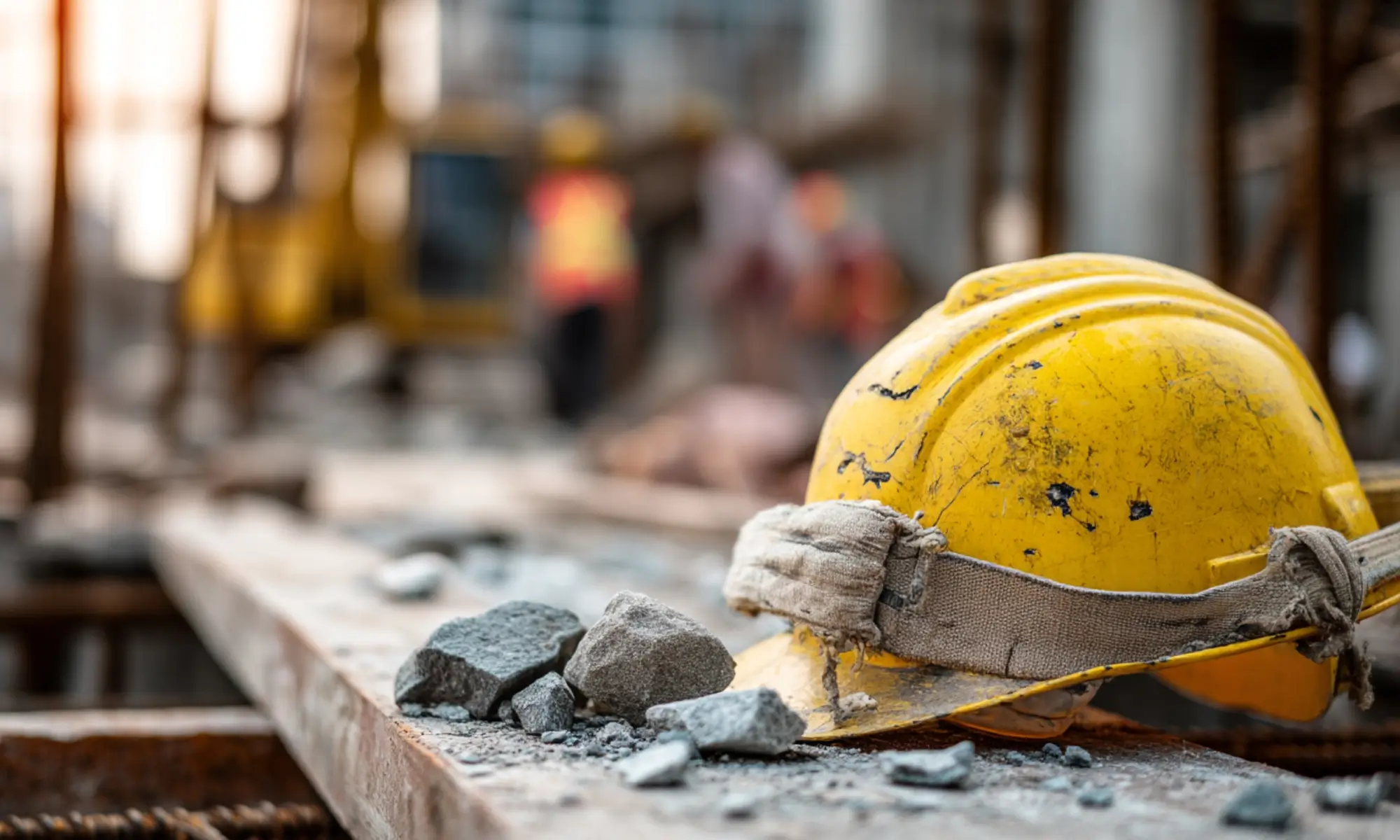Creating and maintaining a safe work environment is not just a legal obligation—it’s a moral imperative. Every year, millions of workers around the globe suffer injuries or illnesses due to unsafe working conditions, many of which are preventable. These incidents not only take a human toll but also lead to lost productivity, financial penalties, and reputational damage for businesses.
So, who exactly is responsible for workplace health and safety?
The answer lies in a shared responsibility framework. Workplace safety is a collective effort involving employers, employees, regulatory bodies, and even industry groups. Each party has a unique and vital role in ensuring a safe and healthy workplace. This article explores these roles in-depth, offering a clear picture of who does what—and why it matters.

Who Is Responsible For Safety In The Workplace
Various stakeholders, including employers, employees, government agencies, and industry groups share the responsibility for workplace health and safety.
Employer Responsibilities: The First Line of Defense
Employers carry the primary legal responsibility for workplace health and safety. In most jurisdictions, laws such as OSHA (United States), HSE (United Kingdom), or WHS (Australia) mandate employers to create safe work environments.
Key Duties Include:
- Providing a hazard-free environment: Regular inspections, equipment maintenance, and adequate ventilation or lighting must be in place.
- Implementing policies and procedures: Clear, documented safety protocols—including emergency responses, evacuation plans, and PPE requirements—must be accessible to all.
- Risk assessments: Employers are required to identify, evaluate, and control workplace hazards through systematic assessments.
- Training and supervision: Employees must receive ongoing safety training relevant to their tasks, including updates on new equipment or procedures.
- Monitoring and continuous improvement: Effective safety management involves reviewing incidents, updating procedures, and engaging in regular audits.
A failure to uphold these responsibilities may result in legal consequences, increased insurance premiums, and most importantly—harm to workers.
Employee Responsibilities: Active Participation Matters
Workplace safety isn’t a one-way street. Employees must also do their part to maintain a safe working environment.
Key Responsibilities Include:
- Following safety procedures: This includes wearing PPE, operating machinery correctly, and adhering to safety signage.
- Reporting hazards and incidents: Employees should immediately notify supervisors about unsafe conditions or any near-miss incidents.
- Using tools and equipment responsibly: Equipment must be used as intended and only after proper training.
- Participating in safety training: Workers are expected to attend training sessions and stay informed about workplace safety updates.
By staying alert and engaged, employees contribute directly to accident prevention and help foster a culture of accountability and care.

Role of Government Agencies: Regulation and Enforcement
Government bodies play a pivotal role in creating and enforcing health and safety standards. They provide the legal backbone that ensures employers meet minimum safety requirements.
Major Agencies Include:
- OSHA (USA): Sets and enforces national workplace safety standards.
- HSE (UK): Develops guidelines and conducts inspections to promote health and safety.
- NIOSH (USA): Conducts research and provides evidence-based recommendations for workplace safety.
- EPA & DOT: Oversee environmental and transportation-related safety risks, respectively.
These agencies conduct inspections, issue fines for non-compliance, and provide educational materials to support safety initiatives.
Industry Groups and Trade Associations: Sector-Specific Support
Trade associations and industry bodies serve as valuable allies in the pursuit of workplace safety, particularly in high-risk or specialized industries.
Their Contributions Include:
- Publishing safety standards: They offer tailored best practices for niche sectors (e.g., construction, manufacturing).
- Training and certifications: Many host training sessions, webinars, and workshops.
- Policy advocacy: These groups influence legislation to ensure practical and effective safety regulations.
- Fostering peer networks: They provide platforms for companies to share experiences and learn from each other.
Example: The National Safety Council (NSC) offers extensive safety training materials and data relevant across many industries.
Final Thoughts
Workplace health and safety cannot be delegated to one department or person. It is a dynamic, ongoing process requiring effort from everyone—from CEOs and site supervisors to part-time workers and external auditors.
Employers must lead the charge, employees must stay committed, and regulatory agencies must keep standards high. When all parties fulfill their roles, we build not just safer workplaces—but stronger, more resilient organizations.

